Optimal Timing for Radon Testing
Radon testing is essential for assessing indoor air quality and detecting elevated radon levels that can pose health risks. Proper timing of tests ensures accurate results, helping homeowners and property owners make informed decisions about mitigation needs.
Radon levels tend to be higher during colder months due to increased heating and reduced ventilation, making winter an ideal time for testing.
Testing during the fall and winter months provides the most representative readings of potential radon exposure inside homes.
Long-term tests, spanning over 90 days, offer comprehensive data, while short-term tests are effective for quick assessments, especially during peak radon seasons.
Weather influences radon levels; testing during stable weather conditions reduces variability and improves accuracy.
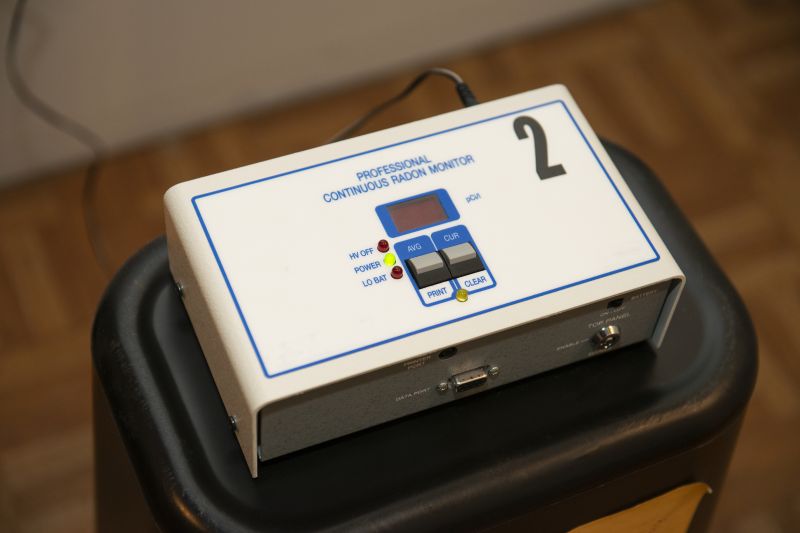
Devices used to measure radon levels indoors.
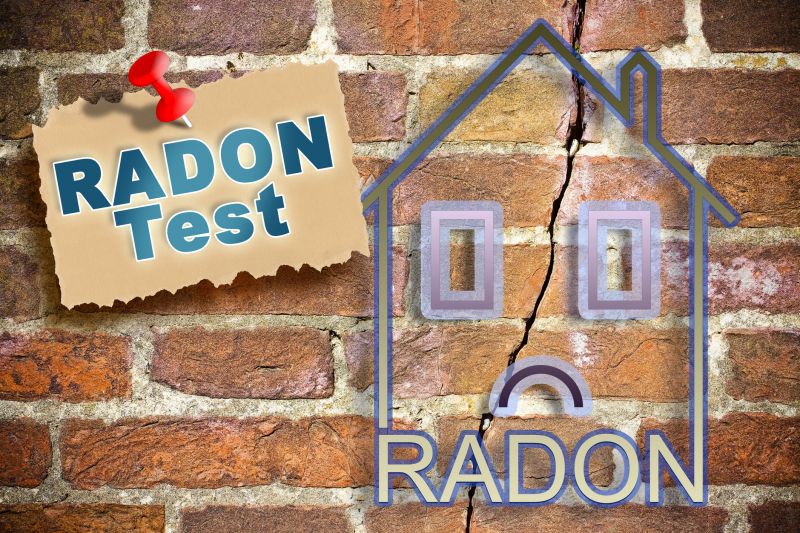
Conducted during colder months for accurate results.
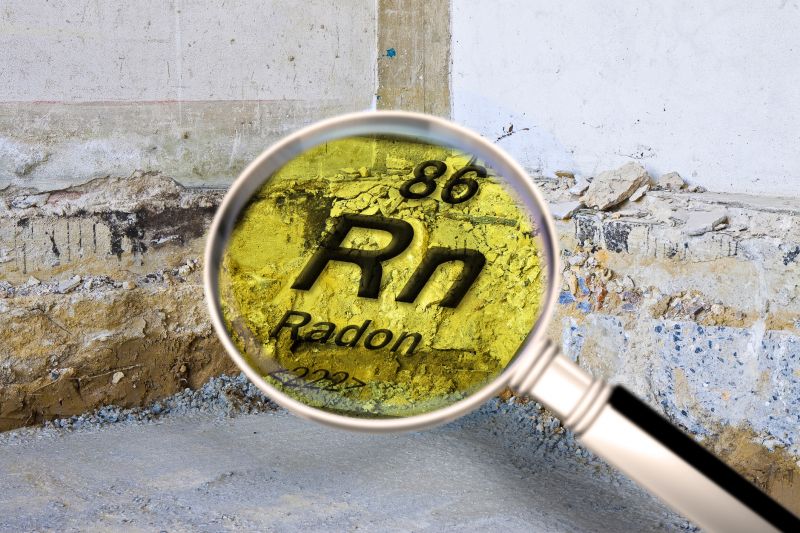
Installed if elevated radon levels are detected.
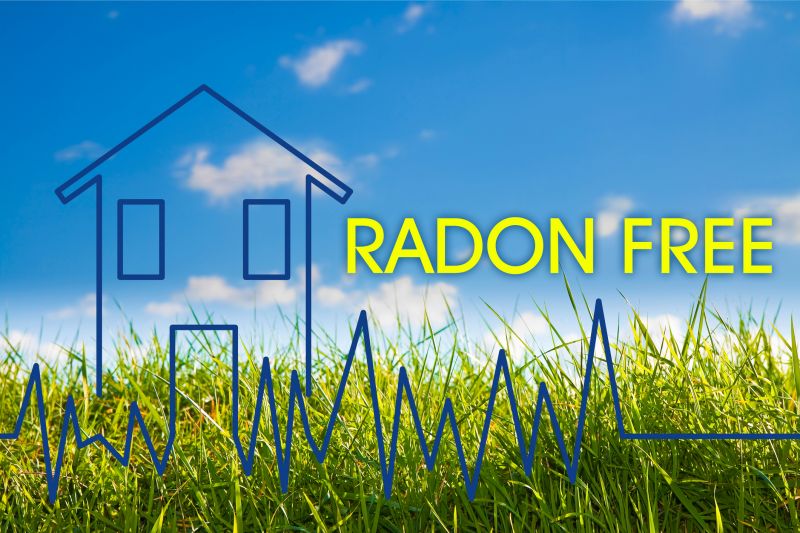
Recommended before occupancy, especially during winter.
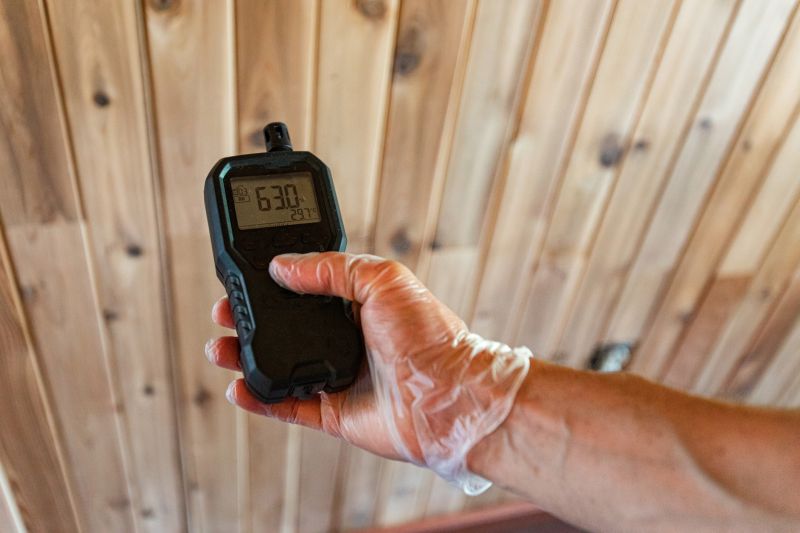
Radon is a significant component of indoor air quality assessments.
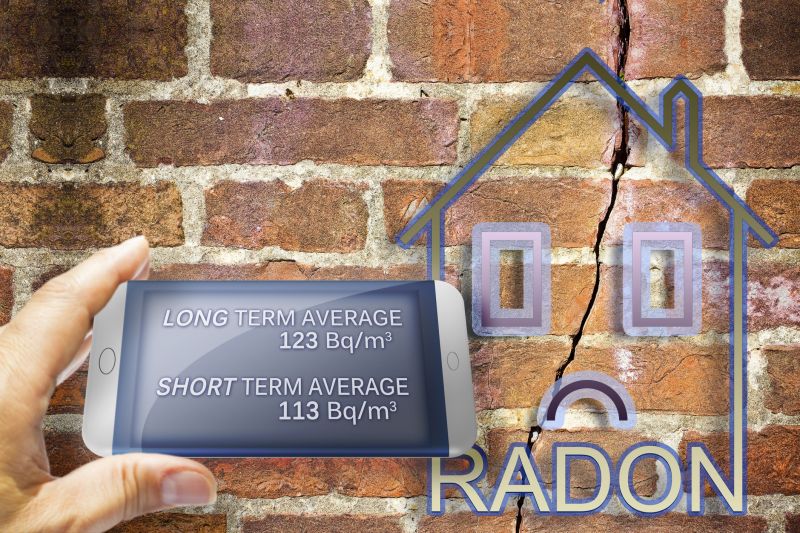
Involves placing detectors in specific areas for accurate measurement.
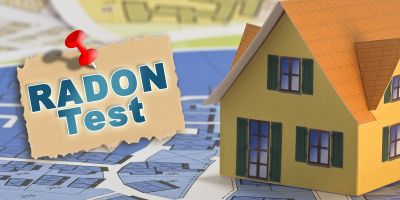
Commonly tested in basements and ground floors.
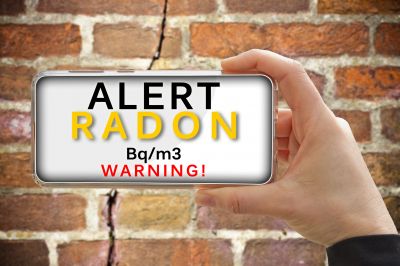
Timing depends on occupancy and ventilation patterns.

Vary based on season, weather, and building characteristics.
| Season | Recommended Testing Period |
|---|---|
| Fall | September to November |
| Winter | December to February |
| Spring | March to May |
| Summer | June to August |
| Transition Months | Late fall and early spring |
Radon levels can fluctuate throughout the year, but testing during the fall and winter months generally yields the most accurate indication of long-term exposure risks. Elevated radon levels are often more pronounced during colder seasons when heating systems are in use and ventilation is reduced. Long-term testing provides a comprehensive picture of radon exposure, helping determine whether mitigation measures are necessary.
Understanding the seasonal patterns of radon levels is vital for effective testing. Testing during the appropriate times can prevent underestimating potential health risks. Regular testing, especially before purchasing or occupying a property, ensures indoor air quality is maintained at safe levels.
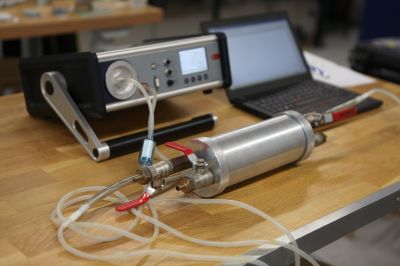
Different types of detectors used for accurate measurements.
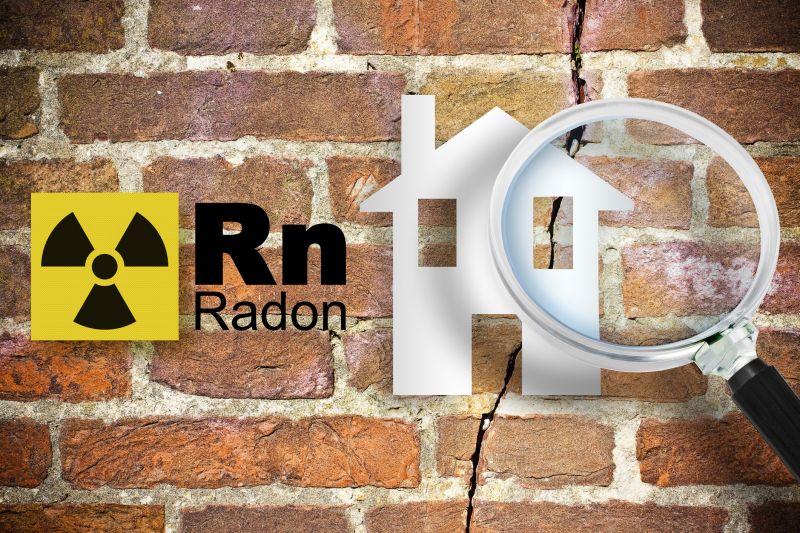
Steps involved in placing and analyzing radon test devices.
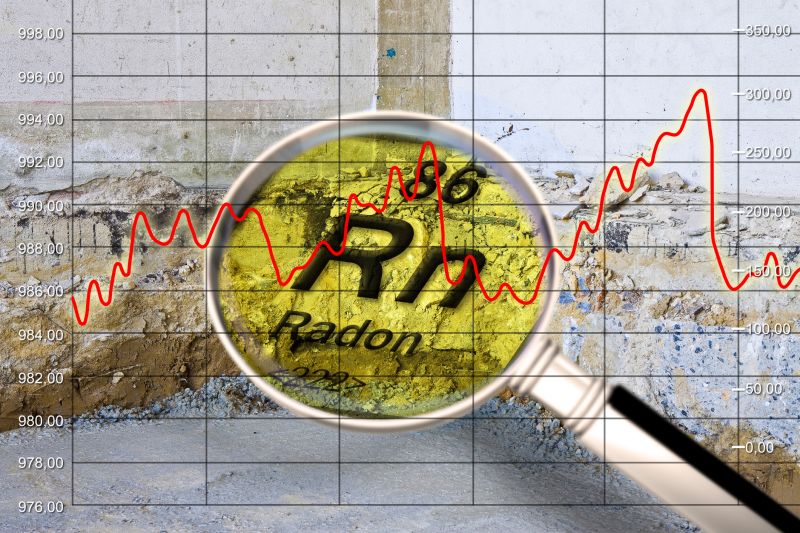
Tools used to reduce radon levels in buildings.
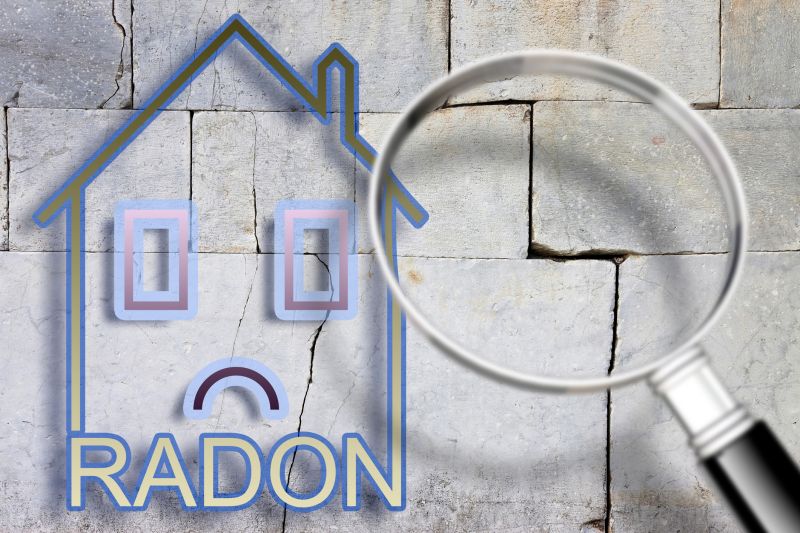
Common testing location for accurate radon level assessment.
Interested parties are encouraged to contact for further information or to schedule radon testing. Proper timing and testing procedures are crucial for ensuring indoor air safety and health.
